Over only a few nights each August, an event that is nothing short of wondrous happens. Endangered Elkhorn and Staghorn corals across entire reefs synchronously release their gametes into the water for all of their annual reproduction.
While we are still learning about the cues that trigger these mass spawning events and how corals that are yards or even miles apart know to spawn at the same time, we do know that the successful fertilization of eggs and recruitment of juvenile corals to reefs is needed for recovery of these endangered species.
One of the problems is that once corals release their egg-sperm bundles into the ocean and break apart fertilization success depends on sperm from one colony finding eggs from another. This may not have been a problem when populations of these species were healthy, but as more than 90% of Elkhorn and Staghorn coral have died, the chance of sperm finding a suitable egg has dropped exponentially. That is where a team of scientists led by the Perry Institute comes in.
During Elkhorn and Staghorn coral spawning in August off Nassau and Rose Island this year, the team comprised of divers from the Perry Institute, SECORE international, Nova Southeastern University, The Bahamas National Trust, Atlantis, BREEF, The Nature Conservancy, and Stuart Cove’s collected the spawn from several colonies. The team brought the gametes back to the lab at Atlantis to fertilize eggs, grow out larvae, and settle baby corals to specially designed cement tiles to return the corals to reefs, following techniques developed by our partners at SECORE International. Over the course of 2 nights, the team placed fine mesh nets over coral colonies like tents and collected the egg-sperm bundles that they released. The gametes were brought back to the lab where egg and sperm from each colony were separated – yes, these corals are both boys and girls – and crossed with other colonies to ensure fertilization success. Over a million eggs were fertilized and hundreds of thousand larvae grown in enclosures at Atlantis. After about a week, larvae settled to the cement substrates where they will grow into small corals over the course of a few months before the substrates are placed out on reefs to help coral populations recover.
This summer’s work was just the first test run using these techniques in The Bahamas, with plans to scale up the number of sites and amount of coral grown at each site over the next few years. Check back later to see how the baby corals are doing.

